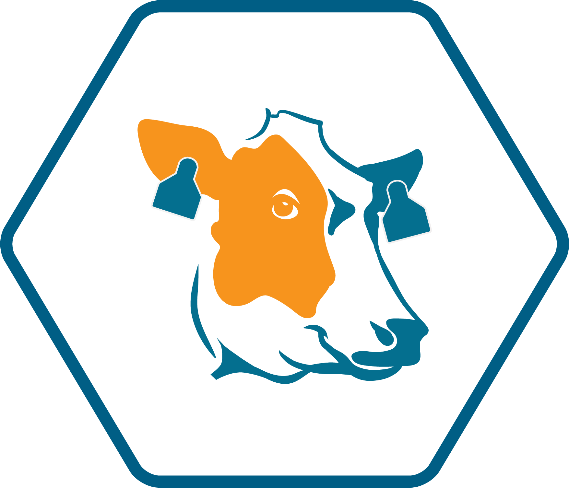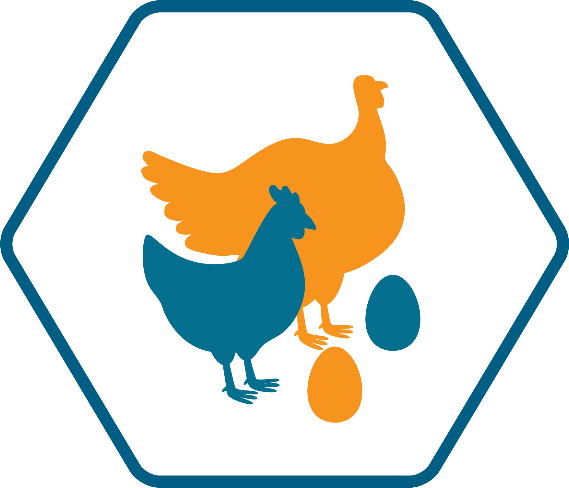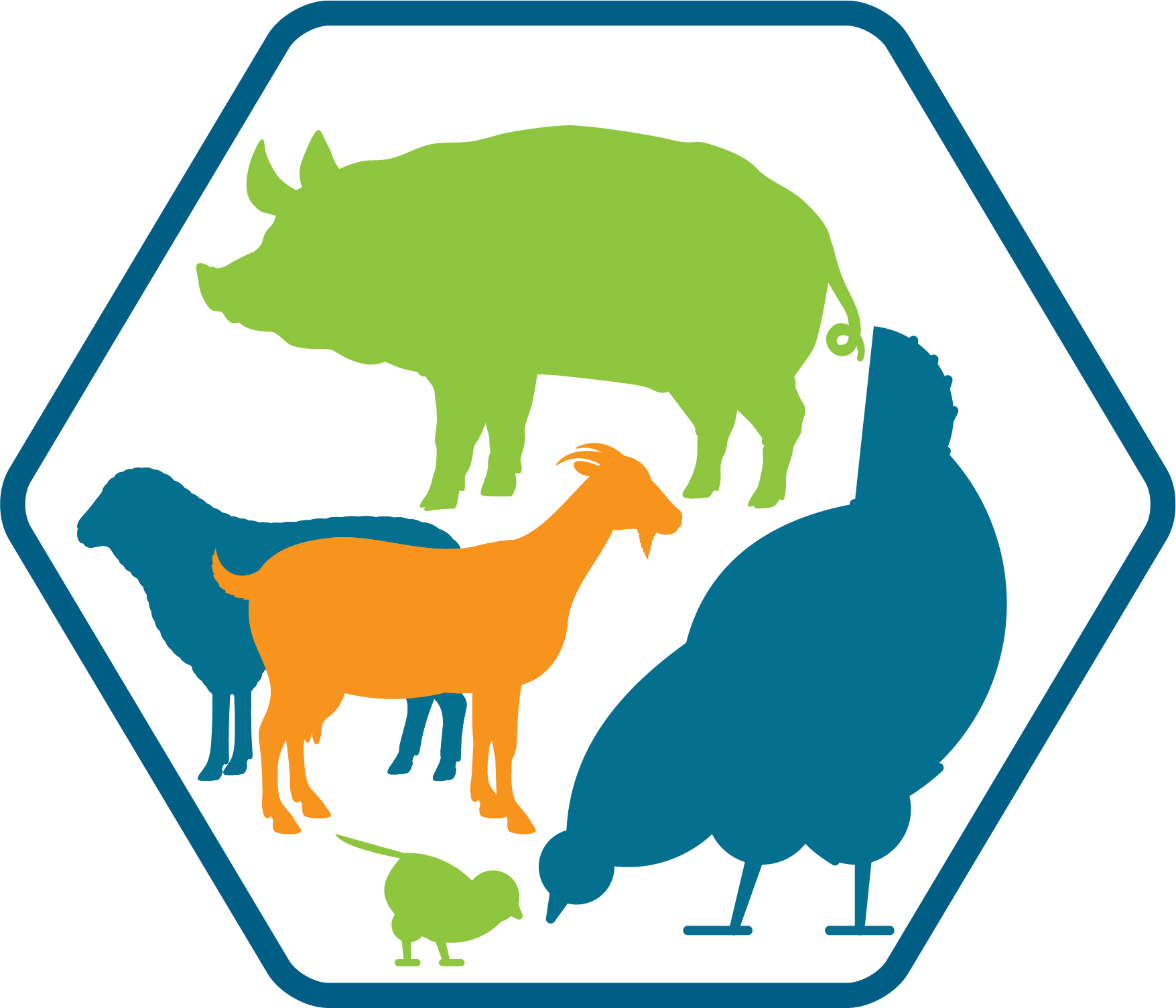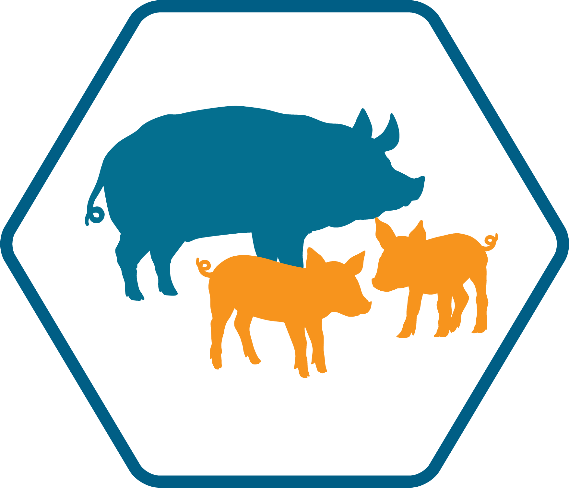WeCAHN Networks and Resources
Members of the WeCAHN expert networks meet every 3 months to share data, discuss animal disease trends, and identify treatment failures, as well as best practices. This group reports findings back to western veterinarians, livestock producers, and pet owners, to improve animal health and welfare.
Each of the individual species- or sector-specific networks is composed of a group of network experts, including veterinary practitioners, laboratory diagnosticians, veterinary college researchers, provincial ministry staff including veterinary epidemiologists, and representatives from other surveillance networks.
Visitors using older browsers please note that for each of the following graphics below, hovering underneath the black font text will identify the area (“READ MORE”) to click on, to access the linked web pages.

WeCAHN Beef network
Beef health and disease trends in western Canada

WeCAHN Poultry network
Poultry health and disease trends in western Canada

Smallholder resources
Smallholder resources: news and information

Swine resources
Swine resources: news and information
Other animal health networks have a range of interests, from the national network (Canadian Animal Health Surveillance System(CAHSS)), to other regional networks (e.g. Réseau d'alerte et d'information zoosanitaire (RAIZO), the Ontario Animal Health Network (OAHN), and the Atlantic network), to species-specific networks (Canadian Western Swine Health Intelligence Network, CWSHIN), and the Canadian Cow-Calf Surveillance Network (C3SN).
National networks with a specific focus, such as antimicrobial resistance (Canadian Integrated Program for Antimicrobial Resistance Surveillance (CIPARS) or wildlife (Canadian Wildlife Health Cooperative) also are important parts of Canadian animal health surveillance.